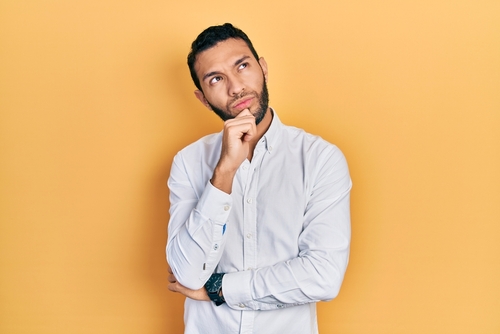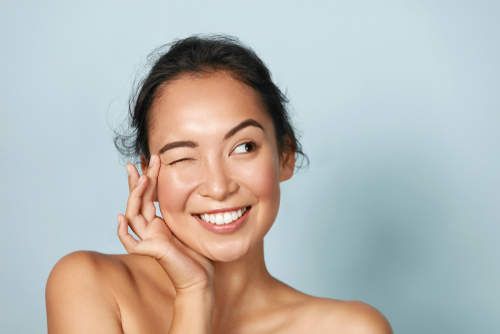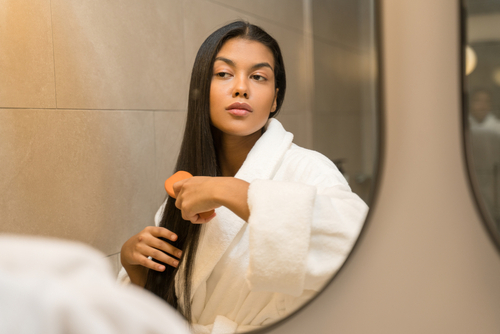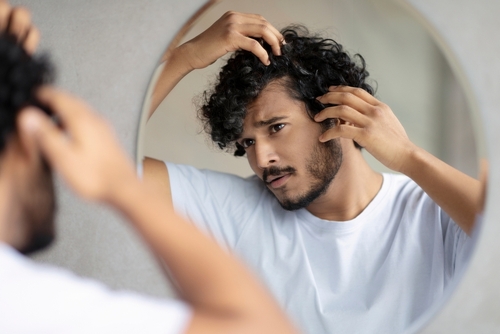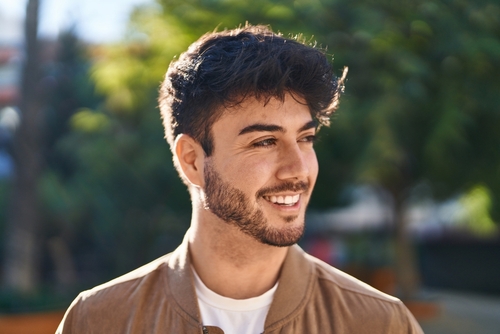PRP (Platelet-Rich Plasma) therapy is a minimally invasive treatment for hair loss. If you’ve undergone PRP injections for hair restoration, you may be wondering how soon you can get back to your regular activities—especially exercise. To know when it’s safe (and won’t impact your results) to exercise after PRP therapy, we’ll talk about the basics of PRP therapy, its benefits, and what to avoid after your treatment.
What Is PRP Therapy For Hair Loss?
PRP therapy involves using your body’s own platelets to stimulate hair growth. During the procedure, your provider will take a small blood sample (usually from your arm) before processing it in a centrifuge to separate the platelet-rich plasma.
Your provider will then take the plasma, which is full of growth factors and proteins, and inject it into your scalp, particularly in areas experiencing thinning or hair loss. These growth factors help promote hair follicle regeneration, encourage natural hair growth, and improve the overall health of your hair.
PRP therapy is a great choice for those wanting to improve thinning hair or reverse the early stages of hair loss without resorting to more invasive methods like surgery.
The Benefits Of PRP Injections
There are several reasons why PRP injections have become a go-to treatment for hair restoration. A few of the many benefits of PRP therapy include:
- Minimally invasive treatment: PRP therapy is non-surgical and requires little to no downtime.
- Natural results: Since PRP uses your own blood, there’s no risk of an allergic reaction or rejection.
- Improved hair quality: In addition to promoting hair restoration, PRP therapy may enhance your hair thickness and strength.
- Customizable: Your provider will tailor your PRP treatments to your unique hair restoration needs, making it a flexible solution for different stages of hair loss.
What Should You Avoid After PRP Injections?
While PRP therapy is a relatively simple and safe procedure, there are a few post-treatment guidelines you should follow to make sure you get the best possible results. The most important thing is to avoid activities that might interfere with the healing process, like:
- Exercise: Avoid strenuous physical activity for at least 48 hours after your PRP treatment. Exercise increases blood flow and blood pressure and can cause swelling or discomfort in your scalp, which might delay healing. Light activities like walking are usually fine, but you should avoid anything more intense—like running or weightlifting—for a couple of days.
- Hot showers or saunas: Like exercise, heat can increase blood circulation, which may cause unnecessary swelling in the scalp. Don’t take hot showers or use saunas or steam rooms for at least 24 to 48 hours after the treatment session.
- Hair coloring or chemical treatments: Your scalp will need time to heal after PRP injections, so it’s best to avoid any harsh chemical treatments for about a week. This includes hair coloring, perms, or keratin treatments.
- Sun exposure: Direct sunlight can irritate your scalp after PRP therapy, so wear a hat and avoid prolonged sun exposure to protect your results from UV rays.
- Alcohol and smoking: Both of these can interfere with your body’s natural healing process and impact the effectiveness of PRP therapy. Avoid alcohol and smoking for at least a few days following your treatment to see the best possible results.
Learn More About PRP Therapy For Hair Loss
PRP therapy offers a promising solution for those experiencing hair thinning or male or female pattern baldness without the need for surgery. By following the right aftercare steps—including avoiding exercise and other potential irritants—you can maximize your results and enjoy a fuller, healthier head of hair.
If you want to learn more about PRP therapy for hair restoration, contact PRP In Seattle at (206) 279-2112. You can schedule a consultation with one of our qualified providers to discuss your options and find out if this treatment is right for you.

